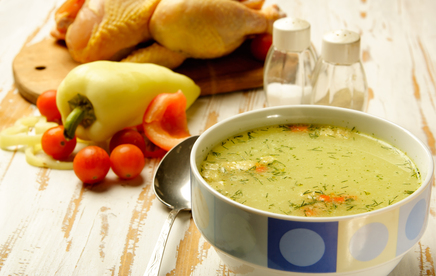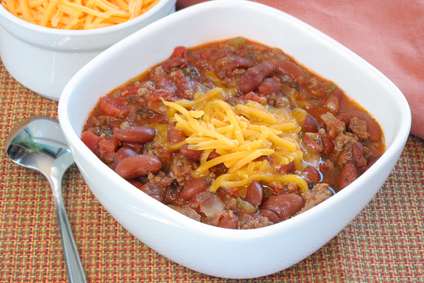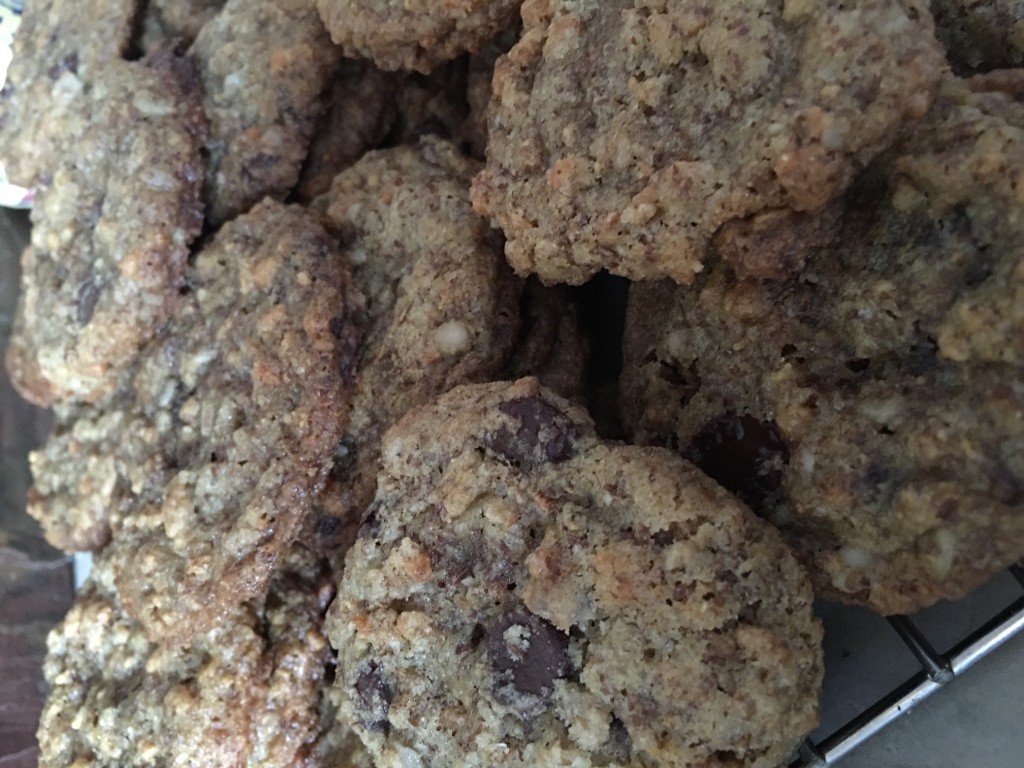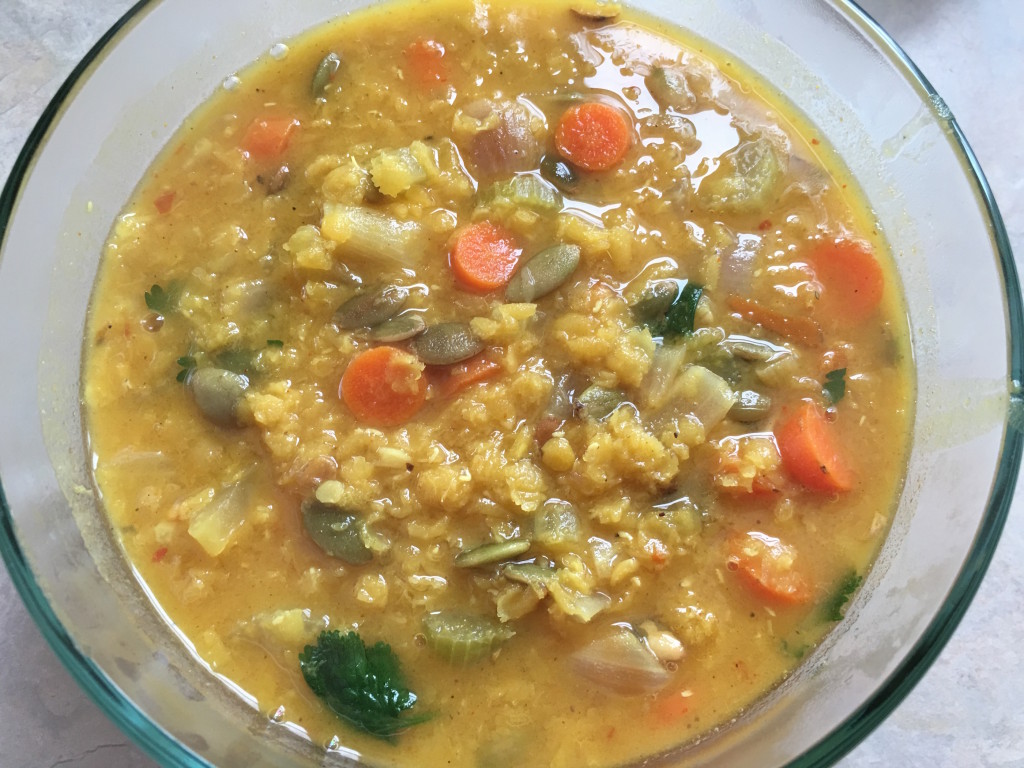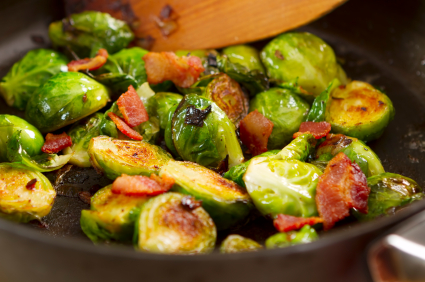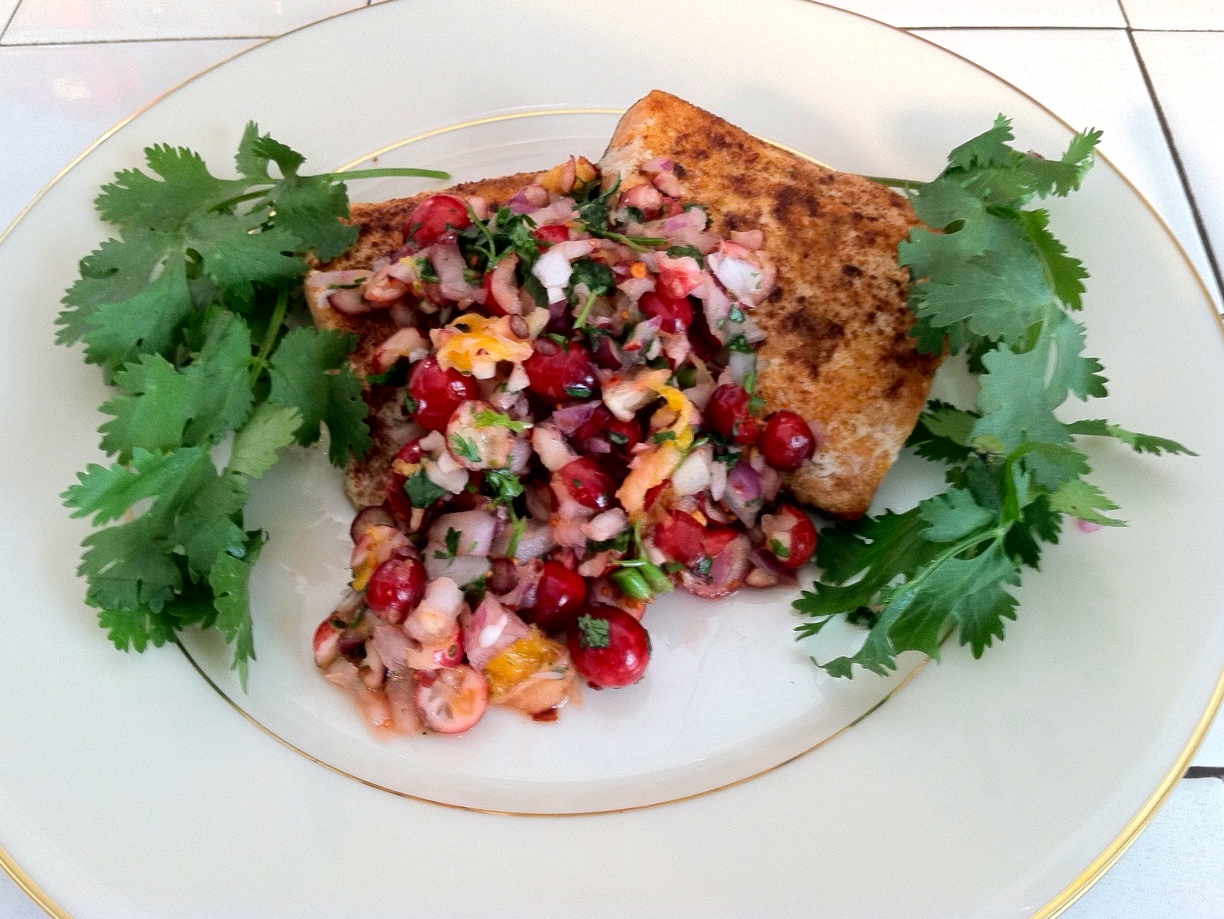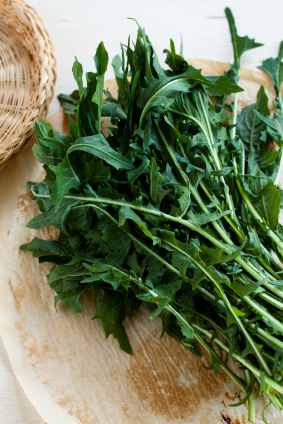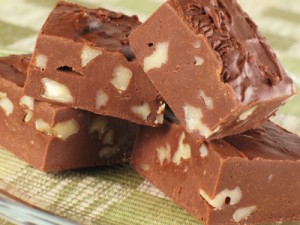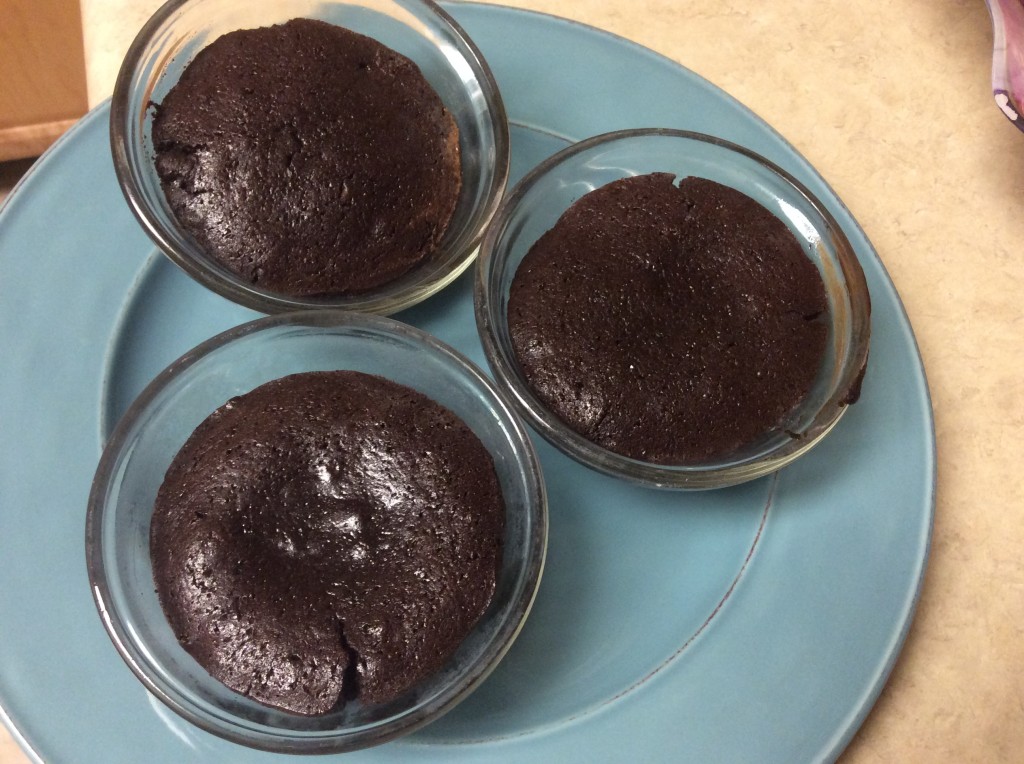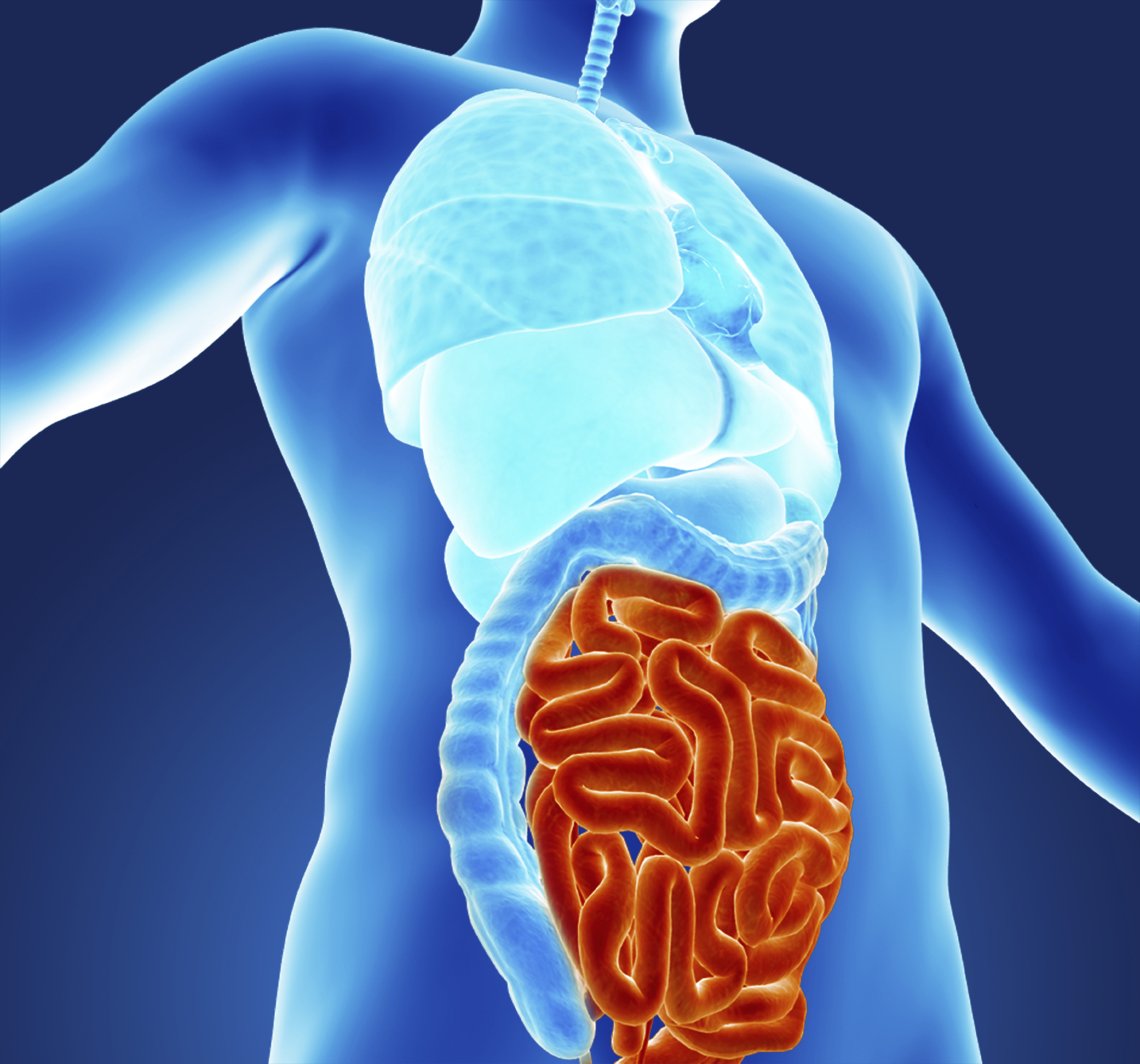
Surrounded by a sea of plastic and hormone-disrupting chemicals that includes plastic water bottles, plastic soda bottles, plastic bags, plastic food containers, soaps, shampoos, food packaging and pans treated with nonstick coatings, studies are showing definite connections between plastic compounds and serious diseases like diabetes and obesity. Not only that, but more and more evidence is also pointing to other serious health issues such as infertility, hormone-related reproductive cancers, neurological issues and other disorders.
Endocrine disrupting chemicals (EDC’s) also referred to as “Xenoestrogens” or synthetic estrogens, cause serious health problems because they mimic estrogen among other hormones. By hijacking important chemical messengers in the body, EDC’s actually can change the way cells develop and grow. These chemicals are showing up in men, women, breastfeeding mothers and babies.
Xenoestrogens actually amplify the effect of estrogen in the body. These toxic hormones actually can build up over time, creating an overload of estrogen. Individuals with any kind of estrogen dominance health condition (such as breast or ovarian cancer) should be especially careful to avoid xenoestrogens. And this is especially harmful to men.
Xenoestrogens have been linked to feminization in men (man boobs, loss of testosterone, low sperm counts, etc.), infertility, and unnaturally early puberty in girls. This buildup of synthetic female hormones increases the risk of reproductive cancer as well.
Exposure of lab species and wild animals to xenoestrogens has been found to cause abnormalities in the reproductive systems of these animals. Xenoestrogens bind to estrogen receptors in both animals and humans including: reproductive tissue, body fat, the hypothalamus, and pituitary glands. And, studies in mice show that xenoestrogens can cause progressive degeneration of testicular tissue and sexual dysfunction in both sexes.
According to Andrea C. Gore, Professor of Pharmacology at University of Texas, and chair of a task force on hormone disrupting chemicals, “The evidence is more definitive than ever—EDC’s disrupt hormones in a manner that harms human health. Hundreds of studies are pointing to the same conclusion…You may have a healthy meal, but if it’s in a plastic container [or cooked in a nonstick pan], it’s leaching chemicals.”
Based on information from over 1,300 studies, there is strong evidence to show a link between common hormone disrupting chemicals and serious health issues such as:
Type 2 Diabetes
Obesity
Heart disease
Infertility/Impotence
Hormone-sensitive cancers in women (breast, endometrial, ovarian)
Prostate cancer
Thyroid problems
Poor brain development and brain function in young children
Feminization in men: low sperm count, breast development
While there are about 85,000 chemicals known to be in use, it is not known for sure how many of these chemicals actually disrupt hormones, but at least 1,000 are known human toxins.
Some of the known EDCs include bisphenol A (BPA) found in food can linings, cash register receipts; phthalates found in plastics and cosmetics; flame retardant chemicals and various pesticides. The chemicals are so common that nearly every person on Earth has been exposed to at least one or more of these.
And a mother’s exposure to even tiny amounts of EDCs during her pregnancy can trigger obesity in her child. These EDCs can target cells in the pancreas, the liver and the fat cells in the body, leading the way for insulin resistance, and high insulin levels which are direct risk factors for the development of Type 2 diabetes.
When looking at just one of these endocrine disrupting chemicals, it was found that having higher BPA levels was associated with a diabetes rate 50% higher than having lower levels of this harmful chemical!
Two other chemicals, di-isononyl phthalate (DINP) and di-isodecyl phthalate (DIDP), both known as ‘phthalates’, used in plastic food wrap, soaps, cosmetics and food containers have been directly linked to insulin resistance and diabetes in children and adolescents, as well as high blood pressure.
These chemicals are not the only offenders. Other endocrine disrupting chemicals, including xenoestrogens:
Bisphenol A (BPA) and bisphenol S, which are used in some plastics, metal food cans, and cash register receipts
Phthalates, a class of chemicals that are used to soften plastic and also used in some perfumes, soaps, shampoos, and cosmetics
Some pesticides, like DDT
Triclosan, an antibacterial chemical
These chemicals can act at very low doses.
EDC’s, which include xenoestrogens, can be found in pesticides, plastics, fuels, personal care products preservatives and drugs. Below is a partial list of some of the EDC’s we come into contact with on a daily basis:
alkylphenols (chemicals used in the manufacture of other chemicals)
atrazine (a common household weed killer)
4-Methylbenzylidene camphor (sunscreen lotions)
4-hexylresorcinol (color preservative for shrimp and shellfish).
butylated hydroxyanisole / BHA (a very common food preservative)
bisphenol A (used in plastics including food containers and water bottles)
DDT (insecticide)
erythrosine / FD&C Red No. 3 (food coloring)
ethinylestradiol (oral contraceptive pill)
heptachlor (insecticide)
nonylphenol and derivatives (surfactants, cleansers, emulsifiers for detergents; pesticides)
pentachlorophenol (wood preservative)
polychlorinated biphenyls / PCBs (oils, lubricants, adhesives, paints)
parabens (skin lotions)
phenosulfothiazine (red dye)
phthalates (plasticizers)
DEHP (plasticizer for PVC/polyvinyl chloride used in pipes and many other applications)
Propyl gallate (used to protect oils and fats in foods from oxidation) Many of the EDC’s listed above are contained in processed, packaged foods and in conventionally-grown, non-organic produce as either preservatives and/or pesticides.
Another group of xenoestrogens is found in commercially-raised dairy, meat and eggs. Commercial dairy and egg farmers often feed estrogenic chemicals to milk cows and chickens because it will increase production of milk and eggs. Commercially-raised meat and dairy get a double dose of xenoestrogens from the pesticides they ingest in their feed source as well. This alone makes commercial dairy, eggs and meat major sources of xenoestrogens.
I get it–this list can be mind-boggling and overwhelming! So what are the top ten endocrine disrupting items to avoid? Let’s take a look at this list Dr. Joseph Mercola recently published:
1. Pthlatates in personal care products
2. Tap water AND individual plastic water bottles
3. Canned foods
4. Conventionally grown produce
5. Conventionally raised meat, poultry and dairy
6. Fish containing mercury
7. Kitchen products—nonstick cookware, plastic storage containers
8. Cleaning products
9. Office products—printer’s ink and toner
10. Cash register receipts
Yes, we are surrounded by these chemicals in every aspect of our lives, and they are hard to avoid. Here are some ways to minimize your exposure EDC’s and xenoestrogens:
· Avoid all synthetic pesticides, herbicides, and fungicides by eating organic whenever possible, especially the “dirty dozen*” of the highest sprayed produce.
· Avoid using pesticides and herbicides outdoors, especially on your lawn.
· Avoid all plastic containers, especially individual sized water bottles, and plastic food containers. Do not store hot food in plastic. Use glass whenever possible.
· Avoid microwaving in plastic and avoid using plastic wrap.
· Avoid using nail polish, avoid acrylic nails and nail polish remover
· Avoid lotions, hair products and cosmetics that are not “all-natural”. Especially avoid products containing parabens. Unfortunately, the more inexpensive brands usually have the most toxic ingredients.
· Eat only organic, grass fed meats and wild caught fatty fish as much as possible. Consume only organic dairy products.
· Use organic, natural soaps and toothpastes.
· Use natural household cleaners.
· Use only naturally based perfume or essential oils. Most commercial perfumes are full of petrochemicals and preservatives containing xenoestrogens.
· Use naturally based, non-petroleum based laundry detergents and dish detergents.
A healthy diet rich in certain foods is also a key way to avoid and combat these estrogenic compounds in our environment. Specific components of these foods help to block uptake and absorption of xenoestrogens as well and cleanse the body of any excess that may be stored. Eating a whole foods based diet, high in plant-based organic foods will help to keep your system clean. Follow a Paleo-style, unprocessed foods diet, like the Fat Burning Kitchen diet will also help you avoid these dangerous chemicals.
Cruciferous vegetables such as broccoli, kale, cauliflower, radishes, turnips, and cabbage are estrogen inhibiting and prevent these artificial hormones from being absorbed into our system. Onions and garlic contain quercetin that is also anti-estrogenic, immune enhancing and detoxifying.
Omega 3 fats such as those in grass fed meats and wild caught fatty fish are also essential as a safeguard against xenoestrogens. Omega 3 fats have been found to be highly beneficial in estrogen balance and metabolism.
Other helpful foods included green tea, citrus fruits, organic (full fat) dairy such as grass fed butter and raw grass fed cheeses, raw nuts and seeds, avocados and organic virgin olive oil. Eating organic greens, herbs and organic fruit also adds to the antioxidant potential in the body further protecting and enhancing the body’s natural balance.
*The Environmental Working Group publishes yearly a “Dirty Dozen “list of top endocrine disrupters, and a “Dirty Dozen” list of the produce with the highest pesticides and preservatives. The Environmental Working Group’s Skin Deep database lists brands that are free of most must-avoid ingredients and Care2 has compiled a list of non-toxic nail polishes. PETA also features a comprehensive index of beauty brands that do not test on animals.
A Votre Sante!

 Catherine (Cat) Ebeling RN BSN, is an international health, wellness and longevity expert. In addition to her advanced degree in nursing, she has spent the last 30 years studying sustainable diets, health and nutrition all over the world. She also has 4 books including the worldwide best-seller, “The Fat Burning Kitchen,” “The Top 101 Foods That Fight Aging”, and “The Superfoods Diabetes Reversal Diet” (due out in December) and has helped thousands of people transform their lives, lose weight and improve their health.
Catherine (Cat) Ebeling RN BSN, is an international health, wellness and longevity expert. In addition to her advanced degree in nursing, she has spent the last 30 years studying sustainable diets, health and nutrition all over the world. She also has 4 books including the worldwide best-seller, “The Fat Burning Kitchen,” “The Top 101 Foods That Fight Aging”, and “The Superfoods Diabetes Reversal Diet” (due out in December) and has helped thousands of people transform their lives, lose weight and improve their health.
Her mission is to help create a healthier planet and healthier people.
Cat’s Global Green Kitchen
Sources:
The Endocrine Society. “Chemical exposure linked to rising diabetes, obesity risk: Endocrine Society releases scientific statement on endocrine-disrupting chemicals.” ScienceDaily. ScienceDaily, 28 September 2015. www.sciencedaily.com/releases/2015/09/150928124400.htm.
Ori Hofmekler, “The Anti-Estrogenic Diet, How Estrogenic Foods and Chemicals Are Making You Fat And Sick”, North Atlantic Books, 2007.
Joseph Mercola, “10 Common Sources of Endocrine Disrupters and How to Avoid Them”, July 2015. Mercola.com
Joseph Mercola, “12 Food Additives to Remove From Your Diet’,
July 2009. Mercola.com
Quinn Phillips, Diabetes from Plastic?, November 8, 2011. Diabetes Self Management. Diabetesselfmanagement.com.
Chemical Exposure linked to Rising Diabetes Risk, Science Daily, September 2015.
Elizabeth Smith, MD, “Xenoestrogens interfere with Normal Hormones.” Endo101.com
News-Medical.net, Chemicals used in plastics linked to increased risk of high blood pressure, diabetes in children and adolescents. July 9, 2015.
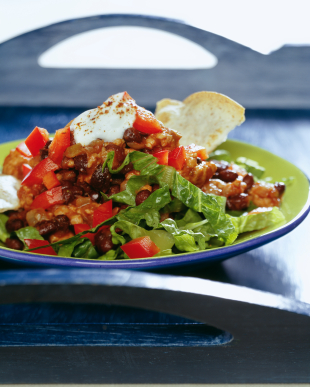 This is a super healthy meal full of color, fiber, antioxidants and absolutely bursting with vitamins and minerals!
This is a super healthy meal full of color, fiber, antioxidants and absolutely bursting with vitamins and minerals! Catherine (Cat) Ebeling RN BSN, is a back to basics diet and nutrition specialist. In addition to her advanced degree in nursing from a major medical school, she has spent the last 30 years intensely studying diet, health and nutrition. She also has a book titled “The Fat Burning Kitchen, Your 24 Hour Diet Transformation” that has sold over 60,000 copies worldwide, and has helped thousands of people transform their lives, lose weight and improve their health.
Catherine (Cat) Ebeling RN BSN, is a back to basics diet and nutrition specialist. In addition to her advanced degree in nursing from a major medical school, she has spent the last 30 years intensely studying diet, health and nutrition. She also has a book titled “The Fat Burning Kitchen, Your 24 Hour Diet Transformation” that has sold over 60,000 copies worldwide, and has helped thousands of people transform their lives, lose weight and improve their health.


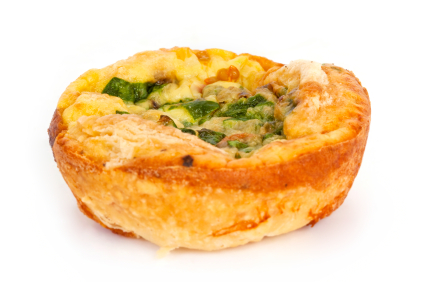 These are super easy to make and you can make them ahead, refrigerate and heat in a pan for a fast breakfast or snack on the run. Ingredients can vary from all types of veggies, to bacon, ham, cheese, etc. Another delicious idea is to take thinly sliced natural ham or even smoked turkey, place them inside the muffin cups, then pour egg mixture on top of them. Viola, ‘meat’ muffin cups!
These are super easy to make and you can make them ahead, refrigerate and heat in a pan for a fast breakfast or snack on the run. Ingredients can vary from all types of veggies, to bacon, ham, cheese, etc. Another delicious idea is to take thinly sliced natural ham or even smoked turkey, place them inside the muffin cups, then pour egg mixture on top of them. Viola, ‘meat’ muffin cups!